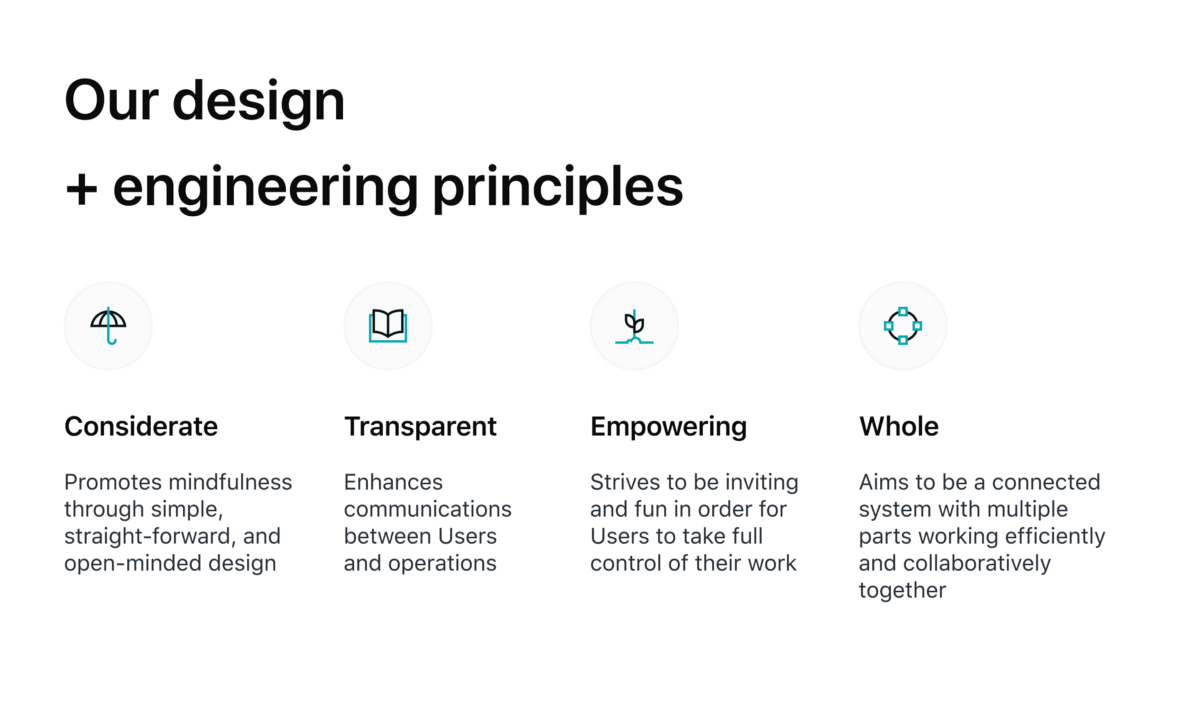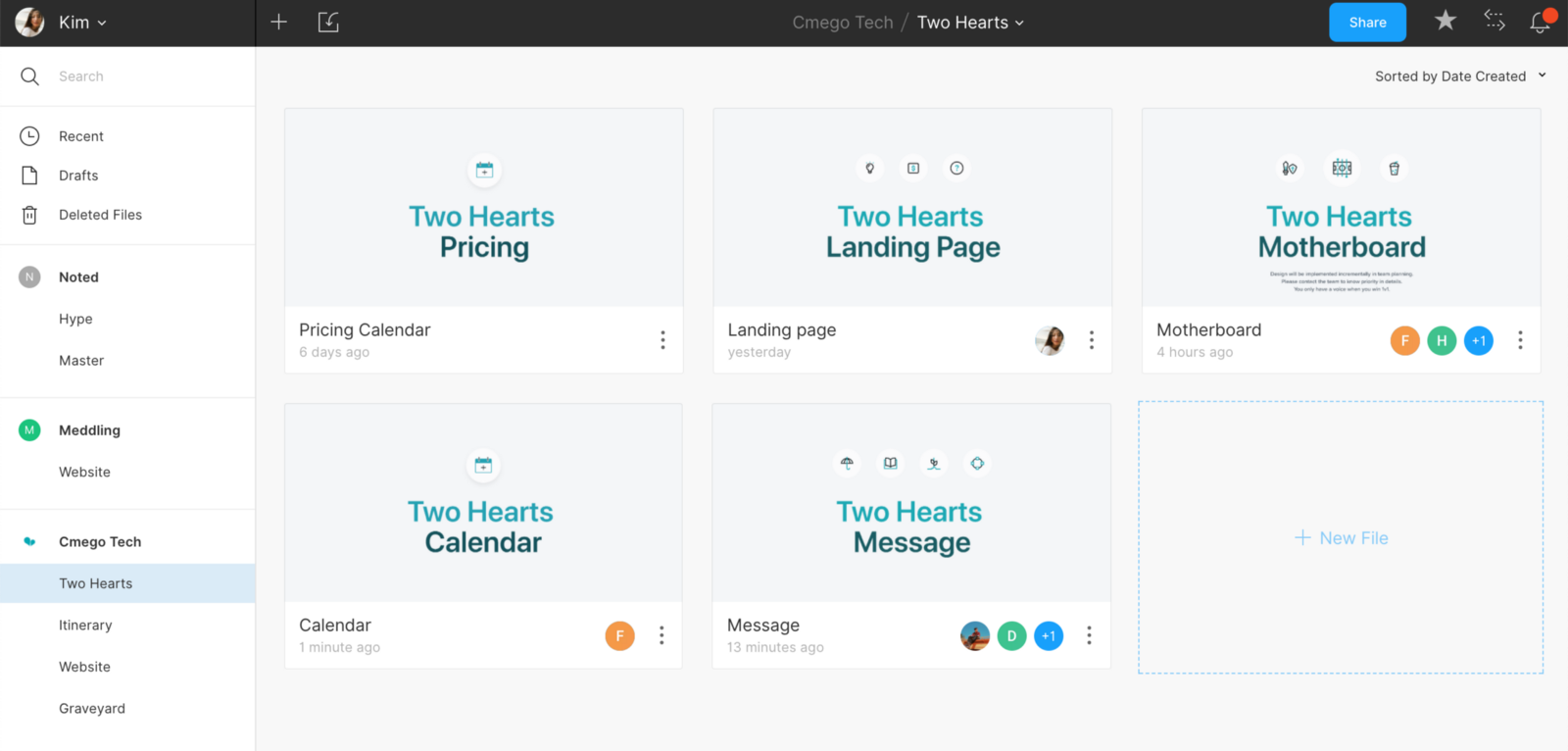By Kim Thuy Tu
Two years ago, I switched from medicine and redesigned Instagram.
Three months after, I packed what I could fit into my carry-on and two moving boxes, and flew to Saigon to become Christina’s second product designer. Fast forward to today and I am now their Head of Product.
I can still remember my first task on the job: creating color swatches for our tour guide’s awesome new helmets. It might sound like a simple feat, but after trying out hundreds of color combinations and learning a thing or two about color theory, I was pretty proud of the results.
As Christina’s grew from 100 to well over 450+ team members spanning all across Vietnam, so did my responsibilities. From tour guide helmets to redesigning the company’s flagship communication app to then launching it for Airbnb hosts all over the world to use, its been a crazy (but fun) ride.
As I look forward to my next journey back to the States, I wanted to reflect on my experiences by sharing what I’ve learned along the way as someone who started with zero knowledge about product design and technology.
Let’s be clear — I still feel like I know nothing. I just know a little bit less of nothing than the day before.
Trust your gut when it comes to recruitment.
If you, your team, and your culture are playing to the same tune — you will know whether the candidate is a good fit (or not). As a rule of thumb, my go-to question after assessing a candidate’s technical skill is:
“How did this person make me feel?”
My goal for going into any interview is to gain a better understanding of who the candidate is beyond what is on their resume and what their motivations are for arriving in this room with me. If I left the interview feeling more confused and conflicted than I did going in, it’s probably a good sign that this candidate is not the one. If I left the room feeling energized and excited, s/he is most likely a keeper.
Hire someone you would be excited to work with and most importantly, trust your gut instinct.
Be consistent in expressing your values.
From creating wireframes to leading a team of developers, I knew it was important to establish our design and engineering principles early. It helps guide us in making product decisions, examining trade-offs during development, and uniting us stronger as a team.
 Our team’s north star ?
Our team’s north star ?
An example of when we put our principles to the test was when my CTO had fixed a bug only to have it spam our users with hundreds of push notifications within a span of minutes.
I suggested to my CTO that he should write a post to be considerate of our users, take accountability, and explain what had happened so that our users can empathize with us through our immediate transparency. It will also be the kind of leadership that our junior engineers can learn from. And he did.
Instead of receiving any backlash, his post was received with likes and heart-eye emojis. Not only did our principles became a model for how we communicated as a team and developed our products, but it also forged the path for building a trusting relationship with our users.
It goes without saying that leaders lead best through their actions, and not only by what they have to say.
Now whenever there’s a bug (not saying it happens often), our users are much more forgiving and understanding of it. Not only that, but the other engineers on our team started to follow his example and took accountability for their own missteps as well.
Don’t underestimate the power of 1:1 meetings, because they are so, so important.
Whether you’re a designer or the CEO of a company, 1:1 meetings will always be the bread and butter for building a personal connection with your team. My engineers and I have weekly 1:1 meetings to QA the state of our product and pending features. To my engineers, it might be just a routine product QA. To me, it’s a perfect window of opportunity for me to get to know them on a personal level, address concerns they might have, and provide insights to help them find more value in their work.
If you’re looking for mentorship or growth in your career, I suggest scheduling 1:1 meetings with your team leader. First, it shows initiative. Second, you might also be surprised by the feedback and support you get in return. Before reaching out, make sure you understand what your goal is for the meeting. Is it to understand how you’re doing in your role? Is it to ask for additional remote days? After figuring out what your objective is, make sure to communicate it. This will help give your team leader ample time to prepare and keep the meeting focused.
Creating a process is great, but staying flexible is even better.
Create processes, but plan for disruption. This can mean one of two things. One, the process you created didn’t work out as intended. Two, the process you created worked, but it ended up being discarded somewhere along the ever-evolving development process. This is especially true for startups during their hyper-growth stage when you have many cross-functional teams working together to build and ship a product. When this happens, you have to be able to quickly switch gears, and adopt new mental models, while pushing the overall product vision forward.
So instead of looking for an evergreen process, make your process of implementing and iterating evergreen.
Figma is king.
This article is not sponsored by Figma, but I figured this would be a great chance for me to give this amazing team (and product) a shoutout. Before Figma, our design team at Christina’s was getting around with using Sketch for design, Zeplin for hand-off, and Abstract for version control. It was a lot of tools but we had figured out a process that worked for us. Intrigued by Figma’s approach to design and collaboration, I decided to test out the tool to see for myself.
With Figma, design to developer handoff became almost instantaneous. In addition to the speed and efficiency, we also saved a lot of money in not having to use multiple software to maintain our design system, version control, and hand-offs. Since then, our entire product team has switched over to using Figma, and we haven’t looked back since.
 Thanks Figma ✌?
Thanks Figma ✌?
“Work politics will always be a thing, but it doesn’t mean you have to be a part of it.”
My COO said this to me during one of our lunch conversations after I had told him my reason for not wanting to accept the promotion to Head of Product.
With my previous role as a product designer/owner, I was able to influence business decisions, resolve problems, and focus on building products from behind the shadows, politics-free. However, when he said this to me, it made me realize that it’s not about the situation or the environment, but rather how I choose to react (or not react) to it.
More importantly, he made me realize that my new role will only put me in a better position to squash any office politics (with my killer resting face), reinforce our core values, and further protect the positive and empowering culture we have built together.
Start building your persona capital early.
A persona is in short — a representation of a target audience or a person. Research shows it takes about 3 seconds for people to form a perception of you upon the initial meeting. Sometimes even before you’ve even spoken a word. Now consider this in terms of all the micro-interactions you might have with your colleagues, clients, and business partners day-to-day. Add in impromptu slack messages, random hallway exchanges, desk drop-ins, meetings, and company events — now you have given every person you’ve interacted with countless seconds to form their opinion of you.
What kind of team member would you like to be? What kind of leader do you want to be perceived as? What do you want to be known for? Have these questions answered before you join any team or company — or someone else will answer them for you.
If you want to be perceived as a competent, reliable, and self-sufficient person — show it and own it every opportunity you get.
Once you build your persona capital, it’ll be one of your most valuable assets when communicating with stakeholders, influencing key decisions, and working with cross-functional teams.
Imposter syndrome never truly goes away, but it does get easier.
Several months after joining Christina’s, I had a heart-to-heart with my CTO. I told him how I felt like an imposter. I told him how I felt like everything I’ve achieved up to this point had all been attributed to luck. It also didn’t help that I’ve never had any formal design education. I’m afraid that I was going to be exposed as a fraud one day. I was upfront about my personal assessment, and honestly, it felt good to finally say it out loud.
What he said next shocked me:
he told me he felt the same.
I was in disbelief and all I could muster was… really? This made me realized that this so-called imposter syndrome is perfectly normal, and it can happen to anyone regardless of age, sex, and experience. If anything, it just means you’re a humble person with really high expectations of yourself.
It’s been a couple of years since that exchange, and since then, I’ve felt less and less like an imposter. If you’re feeling these insecurities, share it with someone you trust. It’ll help relieve some of the burden and guilt.
One reassuring thing I’ll add is this — it will only get easier with time as long as you show up, put in the work, and commit to continuously learn.
Remember, you’ve earned your spot at the table. The only person that you need to convince now is yourself.
